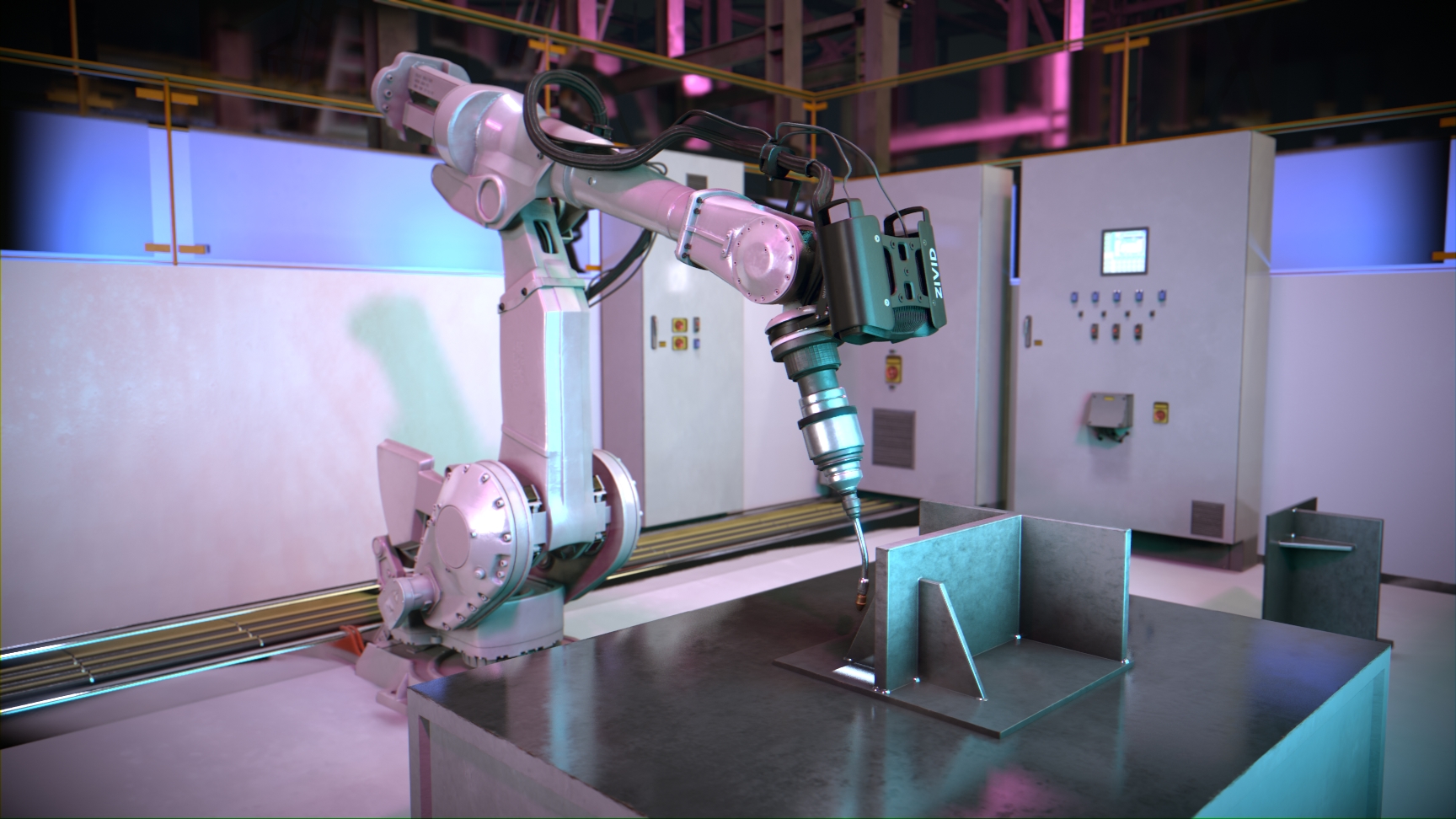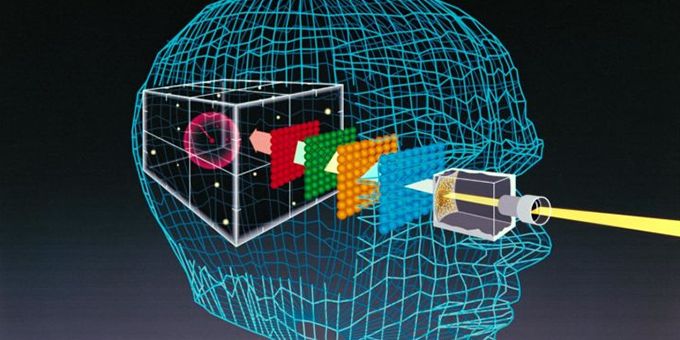Frequently asked questions about fibre testing equipment — answered
Wiki Article
The Importance of an Optical Measurement System in Industrial Applications
Optical measurement systems play a crucial function in industrial applications. They provide high precision and facilitate non-contact measurement, which is important for protecting sensitive elements. These systems boost operational performance and advertise high quality control. Their application is not without challenges. Understanding their value and the complexities involved can brighten their transformative potential in modern-day manufacturing. What are the certain benefits and difficulties that these systems existing?Recognizing Optical Measurement Solutions
Optical measurement systems play a necessary role in numerous commercial applications by offering specific and accurate data collection. These systems use light to gauge physical residential or commercial properties such as measurements, surface profiles, and product qualities. The basic components normally consist of lasers, video cameras, and sensors that catch and analyze light shown from items. By using strategies such as interferometry and photogrammetry, these systems can spot minute modifications fit and size, which are important for quality assurance and item consistency.Furthermore, optical measurement systems are non-contact, permitting them to assess delicate or elaborate products without creating damages. They are versatile, finding applications in fields like aerospace, automobile, and electronics producing. The integration of advanced software application for information evaluation enhances the capability of these systems, allowing real-time tracking and feedback. As sectors develop, the importance of optical measurement systems remains to expand, supporting the need for greater accuracy and efficiency.Secret Advantages of Optical Measurement in Production
While traditional measurement methods usually involve physical contact and can introduce errors, the adoption of optical measurement systems in producing offers substantial benefits. These systems utilize non-contact techniques, minimizing the risk of damages to delicate elements and making sure the stability of measurements. Optical measurement supplies high accuracy and precision, making it possible for manufacturers to attain tight resistances essential in competitive markets.Additionally, the speed of optical measurement systems boosts productivity. optical fibre diameter analyser. Quick information procurement enables real-time tracking, assisting in immediate adjustments in manufacturing procedures. This efficiency causes lowered waste and boosted source allocation.Furthermore, the convenience of optical systems accommodates a wide variety of materials and geometries, making them suitable for numerous applications. Their capacity to incorporate seamlessly with automation innovations sustains Sector 4.0 initiatives, promoting smarter producing atmospheres. Generally, the essential benefits of optical measurement contribute substantially to improving quality assurance and operational efficiency in contemporary production settingsApplications of Optical Measurement Solutions
Optical measurement systems play a vital role in different industrial applications, specifically in enhancing precision throughout manufacturing procedures. They are essential to high quality control and assurance, ensuring that products fulfill rigid standards. In addition, these systems support r & d campaigns by offering accurate data for development and improvement.Accuracy in Production Processes
In modern-day manufacturing, high accuracy is necessary for ensuring item high quality and functional efficiency. Optical measurement systems give sophisticated abilities that substantially boost precision during the production procedure. These systems utilize light and imaging innovations to record detailed dimensions of elements, allowing makers to achieve limited resistances and precise dimensions. By integrating optical measurement into manufacturing operations, companies can swiftly recognize discrepancies from specs, therefore minimizing waste and lessening rework. Moreover, the non-contact nature of optical measurements allows for checking fragile or delicate products without threat of damages. Eventually, the adoption of optical measurement systems promotes a society of accuracy in production, bring about enhanced efficiency and competition in the market.
Top Quality Control and Guarantee
Quality assurance in manufacturing heavily relies on specific measurement techniques to ensure that products fulfill established standards. Optical measurement systems play a pivotal function in this process, enabling precise evaluations of measurements, surface area top quality, and various other crucial attributes of manufactured goods. By using high-resolution imaging and innovative analysis algorithms, these systems find deviations from specifications, making certain consistency throughout production. Furthermore, optical dimensions can be non-destructive, preserving the honesty of items while promoting rapid assessments. The combination of these systems right into quality assurance procedures improves efficiency and lowers waste, ultimately contributing to improved product reliability. As markets undertaking for excellence, the fostering of optical measurement innovations ends up being increasingly crucial for preserving competitive advantage and consumer contentment.
Study and Advancement Applications
As sectors venture for technology, optical measurement systems have actually become an important tool in r & d applications. optical fibre diameter analyser. These innovative systems give exact dimensions of products and elements, enabling engineers and scientists to get essential insights right into their residential or commercial properties and efficiency. Optical measurement technologies, such as laser scanning and interferometry, assist in the quick prototyping of new layouts and the optimization of existing items. By catching high-resolution data, scientists can determine issues and assess the influence of numerous specifications on item performance. Additionally, these systems sustain interdisciplinary collaboration, linking voids in between different disciplines. The assimilation of optical measurement systems into R&D processes inevitably speeds up advancement timelines and cultivates the creation of advanced remedies in different commercial industriesContrasting Optical Measurement to Standard Techniques
In comparing optical measurement systems to traditional methods, a number of key factors arise, consisting of precision and precision. Additionally, the rate of measurement and cost-effectiveness play significant roles in establishing the suitability of each technique for commercial applications. This analysis highlights exactly how improvements in optical modern technology may use benefits over traditional methods.Accuracy and Precision
Optical measurement systems provide significant advantages in accuracy and precision contrasted to standard measurement techniques. These systems use sophisticated technology, such as lasers and high-resolution cams, to catch dimensional information with marginal mistake. On the other hand, typical approaches typically depend on mechanical devices that can introduce irregularity due to human mistake or material wear. Optical systems can attain micrometer-level precision, making certain regular results also in complex geometries. In addition, they provide non-contact measurement, lowering the threat of damaging delicate elements. This ability is specifically advantageous in markets where resistances are important, such as aerospace and auto production. Consequently, the fostering of optical measurement innovation boosts quality assurance and lowers the chance of defects, ultimately improving overall production performance.Speed of Measurement
The advantages of optical measurement systems prolong past accuracy and precision to include significant improvements in measurement speed. Conventional measurement methods usually need extensive configurations and hands-on computations, which can reduce down manufacturing processes. On the other hand, optical systems utilize advanced modern technologies such as laser scanning and imaging, making it possible for fast information acquisition and processing. This effectiveness enables real-time dimensions, helping with quicker decision-making in making environments. The capacity to catch big volumes of data in a short time improves throughput and productivity, providing organizations an one-upmanship. Furthermore, with reduced measurement times, optical systems reduce downtime connected with examinations, additionally enhancing operations. Consequently, the speed of measurement in optical systems considerably adds to total operational effectiveness in industrial applications.Cost-Effectiveness Evaluation
A comprehensive cost-effectiveness evaluation discloses that optical measurement systems often give significant economic benefits over standard methods. These systems usually decrease the requirement for comprehensive physical setups, minimizing labor expenses and downtime throughout measurement processes. Optical approaches can additionally produce faster results, leading to increased performance and minimized operational expenses. Furthermore, the precision supplied by optical measurements decreases the probability of costly errors, which can occur from manual interventions and standard techniques. In the future, the preliminary financial investment in optical innovation is typically offset by savings in sources, time, and enhanced product quality. Sectors that adopt optical measurement systems may find themselves not only boosting efficiency but also accomplishing a much more positive cost-benefit ratio compared to traditional strategies.The Function of Automation in Optical Measurement
While numerous industries progressively depend on accuracy and performance, automation has emerged as a critical element in improving optical measurement procedures. robotic vision By incorporating automated systems, organizations can greatly improve measurement accuracy and decrease human error. Automated optical measurement systems use sophisticated formulas and sensors to provide real-time information evaluation, assisting in quicker decision-making and process adjustments.Additionally, automation permits regular dimensions throughout various production runs, making sure that quality standards are maintained. The scalability of automated optical measurement systems makes them suitable for diverse applications, from quality control in making to inspection in semiconductor production.Furthermore, these systems can be effortlessly integrated into existing manufacturing configurations, promoting a smooth change towards more reliable procedures. On the whole, the role of automation in optical measurement is essential, offering improved dependability, reduced labor prices, and enhanced operational effectiveness, eventually driving commercial competition.Difficulties and Considerations in Execution
Executing optical measurement systems, despite the benefits of automation, offers various obstacles and factors to consider that organizations need to browse. One considerable challenge is the assimilation of these systems into existing process, which may require substantial modifications in processes and worker training. Organizations has to also resolve the compatibility of optical measurement modern technologies with present devices and software.Additionally, the irregularity of materials and environmental problems can influence measurement accuracy, requiring robust calibration and maintenance methods. Expense is an additional important consideration, as first investments can be significant, and companies need to consider these costs versus prospective effectiveness gains. Data management additionally postures difficulties, as the volume of details generated calls for reliable systems for storage, analysis, and interpretation. Finally, guaranteeing compliance with sector requirements and policies includes another layer of complexity to the execution procedure, needing mindful planning and implementation.Future Trends in Optical Measurement Innovation
As markets continue to develop, developments in optical measurement modern technology are readied to change their functional landscapes. Arising patterns suggest a shift in the direction of raised automation and integration with man-made knowledge, boosting the precision and effectiveness of measurements. Flexible optics is acquiring grip, enabling systems to readjust in real-time to varying ecological problems, consequently decreasing errors. The miniaturization of optical sensing units is enabling their deployment in much more small and varied settings, broadening application chances in industries such as aerospace and manufacturing.Additionally, the development of 3D optical measurement methods is changing high quality control procedures, offering even more extensive information evaluation. Technologies in data processing formulas are likewise expected to streamline the analysis of intricate dimensions, making insights a lot more accessible. Jointly, these patterns mirror a future where optical measurement modern technology not just improves precision yet additionally boosts functional agility, placing sectors to better fulfill advancing demands.Often Asked Questions
Exactly How Do Optical Measurement Systems Ensure Information Accuracy?
Optical measurement systems assure data accuracy through precise calibration, advanced algorithms, and high-resolution imaging. These components collaborate to reduce mistakes, enhance measurement uniformity, and offer reputable results vital for various commercial applications and processes.What Is the Regular Life Expectancy of an Optical Measurement System?
The regular lifespan of an optical measurement system differs, frequently ranging from 5 to fifteen years. Variables affecting longevity include usage strength, ecological conditions, maintenance techniques, and technical innovations that might require upgrades or substitutes.
Can Optical Measurement Solutions Be Customized for Particular Industries?

What Training Is Needed for Operating Optical Measurement Systems?
Educating for operating optical measurement systems commonly includes understanding system elements, software program use, calibration strategies, data evaluation, and safety protocols. Participants usually engage in hands-on practice and may complete certification training courses to enhance their effectiveness.Just How Do Ecological Factors Influence Optical Measurement Outcomes?
Environmental variables, such as temperature, humidity, and lighting conditions, significantly affect optical measurement results. Variations in these aspects can result in inaccuracies, impacting the accuracy and dependability of measurements taken by optical systems in various setups.Report this wiki page